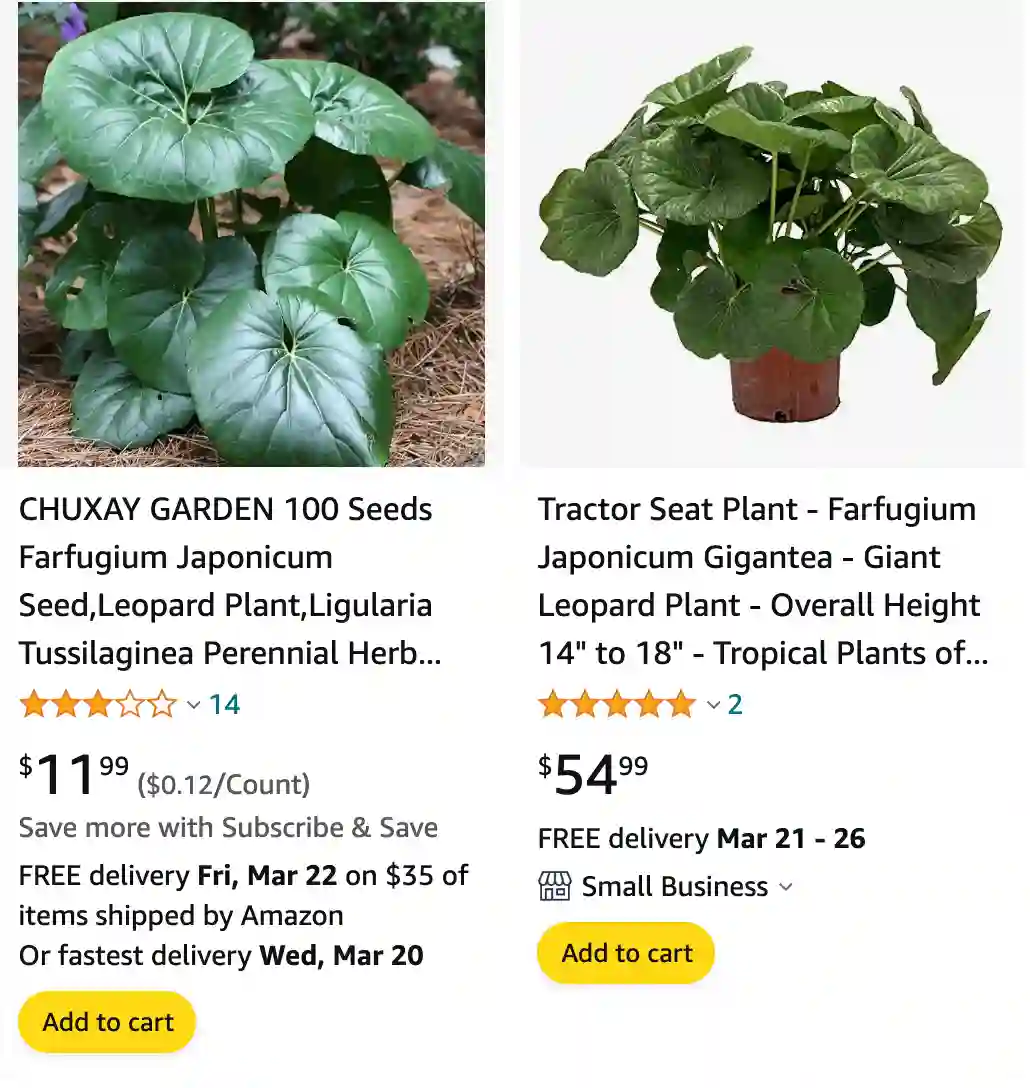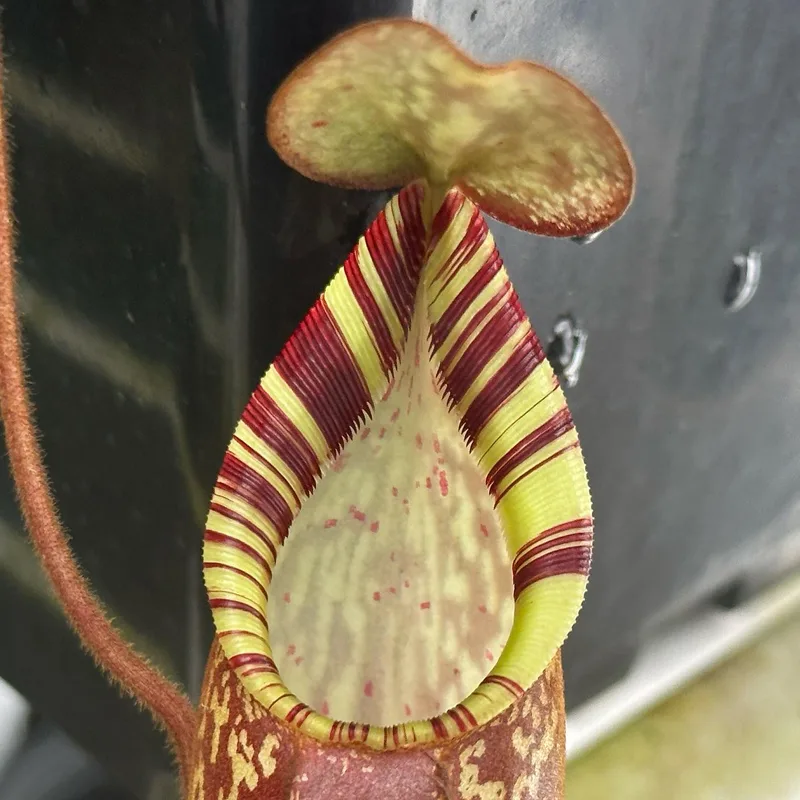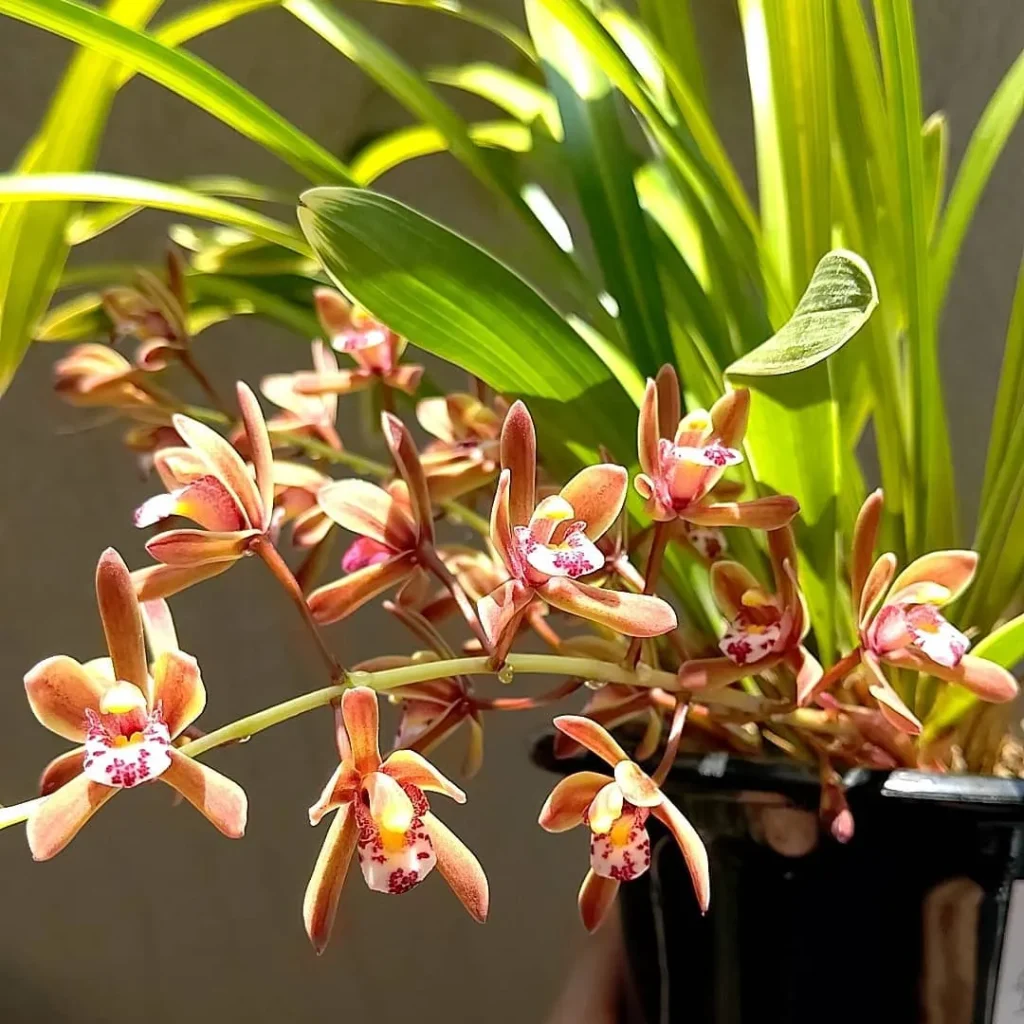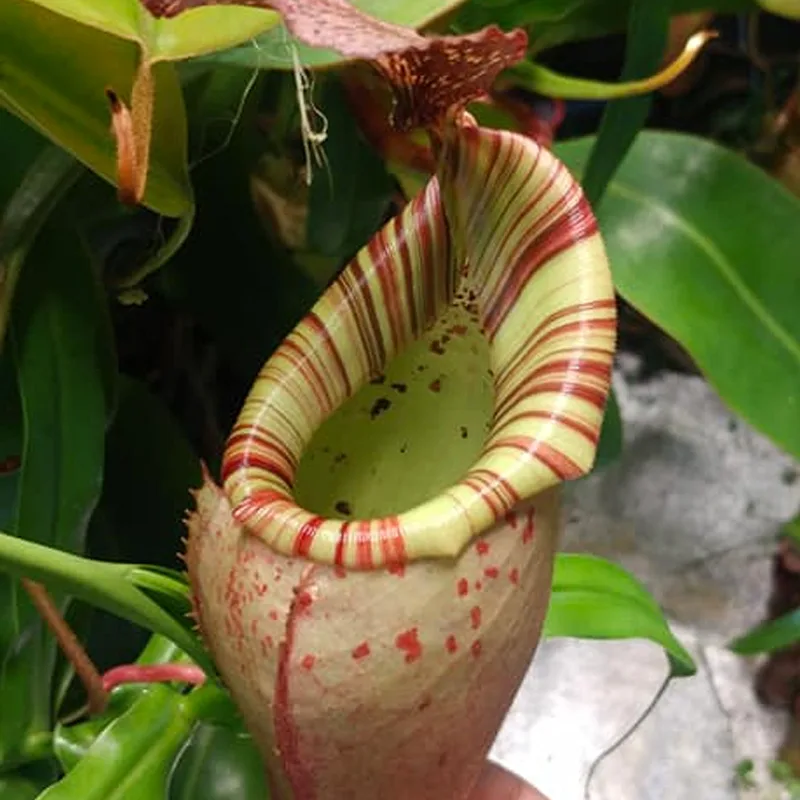
The Enduring Appeal of Farfugium Japonicum: A Plant Parent’s Perspective
As a plant enthusiast, I’m always on the lookout for foliage that adds a touch of elegance and year-round interest to my garden. That’s where Farfugium japonicum, also known as the Leopard Plant, truly captured my heart. Its stunning, kidney-shaped leaves and cheerful daisy-like flowers make it a standout in any shady corner.
Over the years, I’ve become quite smitten with this versatile perennial. From its low-maintenance nature to its adaptability, Farfugium japonicum has become a mainstay in my garden. Here, I want to share my experience with this fantastic plant, hoping to inspire other plant parents to welcome it into their own green havens.
2 Species in Genus Farfugium
Farfugium Japonicum vs Ligularia Dentata
I’ve grown Farfugium Japonicum and found its large, glossy leaves to be quite striking in shaded areas, but they do require consistent moisture to stay healthy. On the other hand, Ligularia Dentata, with its vibrant yellow flowers and impressive foliage, has proven more adaptable to varying moisture levels in my garden, though it can be a bit temperamental with full sun exposure.
What Makes Farfugium Japonicum So Special?
Farfugium japonicum boasts a unique combination of captivating foliage and delicate blooms. Its large, glossy leaves, often reaching up to 12 inches in diameter, come in various shades of green, some even featuring interesting speckles or marbling. These evergreen beauties provide a lush backdrop throughout the year, adding a touch of texture and visual weight to shady areas.
But Farfugium japonicum doesn’t stop at stunning foliage. In late summer and fall, it produces daisy-like yellow flowers that rise above the leaves on slender stalks. Though not the main attraction, these sunny blooms add a delightful touch of cheer and attract pollinators like butterflies and bees.
How to Care for Farfugium Japonicum?
The good news for plant parents of all levels is that Farfugium japonicum is relatively low-maintenance. Here are some key things to keep in mind to ensure your Leopard Plant thrives:
- Light: Farfugium japonicum prefers partial shade to full shade. While it can tolerate some morning sun, too much direct sunlight can scorch the leaves.
- Soil: A well-draining, organically rich soil is ideal. Amending your existing soil with compost or other organic matter helps retain moisture while ensuring good drainage.
- Watering: Water regularly, especially during hot weather, allowing the top inch of soil to dry out between waterings. Avoid overwatering, as this can lead to root rot.
- Fertilizer: Farfugium japonicum isn’t a heavy feeder. A light application of balanced fertilizer in spring can be beneficial but isn’t strictly necessary.
- Pruning: While not essential, occasional light pruning can encourage bushier growth and remove any spent flowers or damaged leaves.
With a little care, your Farfugium japonicum will reward you with years of vibrant foliage and delightful blooms.
Where to Buy Farfugium Japonicum?
Finding Farfugium japonicum shouldn’t be too difficult. Here are some places to check:
- Local nurseries and garden centers: Many nurseries stock a variety of perennials, including Farfugium japonicum.
- Online plant retailers: Numerous online retailers offer a wide selection of plants, including Farfugium japonicum. Be sure to choose a reputable seller with good reviews.
- Plant swaps or garden clubs: Plant swaps and garden clubs are a great way to find unique plants and potentially score a free Farfugium japonicum from a fellow plant enthusiast.
How to Propagate Farfugium Japonicum?
The beauty of Farfugium japonicum extends beyond its visual appeal. It’s also surprisingly easy to propagate, allowing you to expand your collection or share this lovely plant with friends. Here’s how to propagate Farfugium japonicum:
- Division: The most common method is division. In spring or fall, carefully dig up a mature clump and gently pull or cut it apart into smaller sections, each with healthy roots and foliage. Plant these divisions in their own pots or desired locations in the garden, ensuring they receive proper watering.
What to Plant with Farfugium Japonicum?
Farfugium japonicum’s versatility shines when it comes to companion planting. Here are some ideas:
- Hostas: The contrasting textures and colors of Farfugium japonicum’s glossy leaves and Hostas’ blue-green foliage create a stunning combination.
- Ferns: Ferns add a touch of whimsy and texture, complementing the bold foliage of Farfugium japonicum.
- Spring Bulbs: Early spring bulbs like daffodils or tulips add a pop of color before the Farfugium japonicum flowers emerge.
With its easy care, stunning looks, and adaptability, Farfugium japonicum is a true gem for any garden. So why not give this versatile perennial a try? You might just find yourself as smitten with it as I am.
If i die, water my plants!



